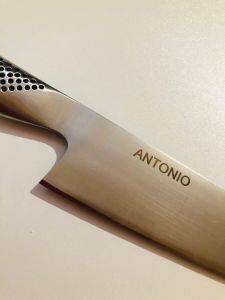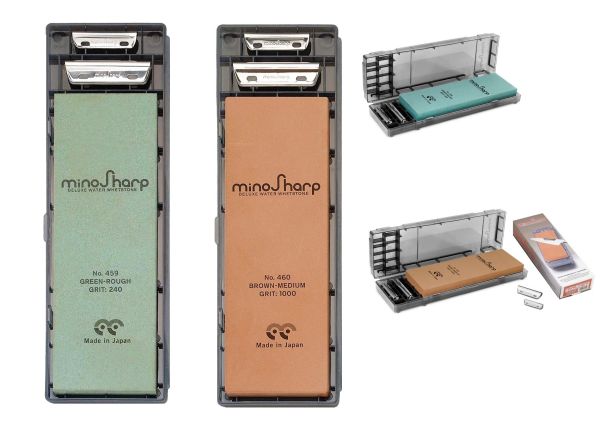Language
WORLDWIDE SHIPPING
Couple of sharpening stones Global Minosharp Grains 240 and 1000
was
€199.50
Special Price
€189.00
€154.92
Availability:
In stock
Global knives are hand ground in factory and thanks to the excellent characteristics of the materials used they have a long lasting cutting edge.
However, they must be sharpened from time to time.
For Japanese people sharpening of knives is an art and it is made with sharpening stones.
Mino Tsuchida created properly for Global knives the kit of stone and guides for sharpening.
These two stones one green with uneven 240 grain and the other brown with medium 1000 grain must be used to free from impurities and to sharpen knives.
The 240 green stone is used to remove impurities, when blades are chipped or completely blunted (no cutting-edge – no cutting)
The 1000 brown stone is a medium grain and allows to sharpen knives and to replenish the cutting-edge.
The plastic boxes are used to sharpen guaranteeing the stability of the structure during sharpening and perfect to be closed and stored after use.
Sharpening guides included : small and large tracks
Stones to be used for sharpening in water bath.
However, they must be sharpened from time to time.
For Japanese people sharpening of knives is an art and it is made with sharpening stones.
Mino Tsuchida created properly for Global knives the kit of stone and guides for sharpening.
These two stones one green with uneven 240 grain and the other brown with medium 1000 grain must be used to free from impurities and to sharpen knives.
The 240 green stone is used to remove impurities, when blades are chipped or completely blunted (no cutting-edge – no cutting)
The 1000 brown stone is a medium grain and allows to sharpen knives and to replenish the cutting-edge.
The plastic boxes are used to sharpen guaranteeing the stability of the structure during sharpening and perfect to be closed and stored after use.
Sharpening guides included : small and large tracks
Stones to be used for sharpening in water bath.
FAQs

 IT
IT FR
FR
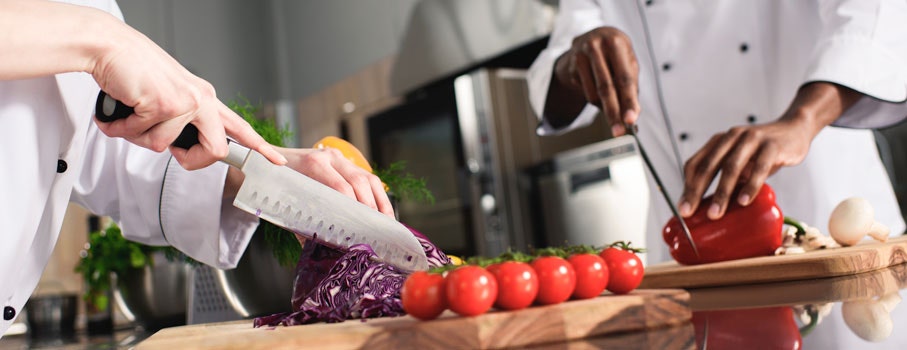
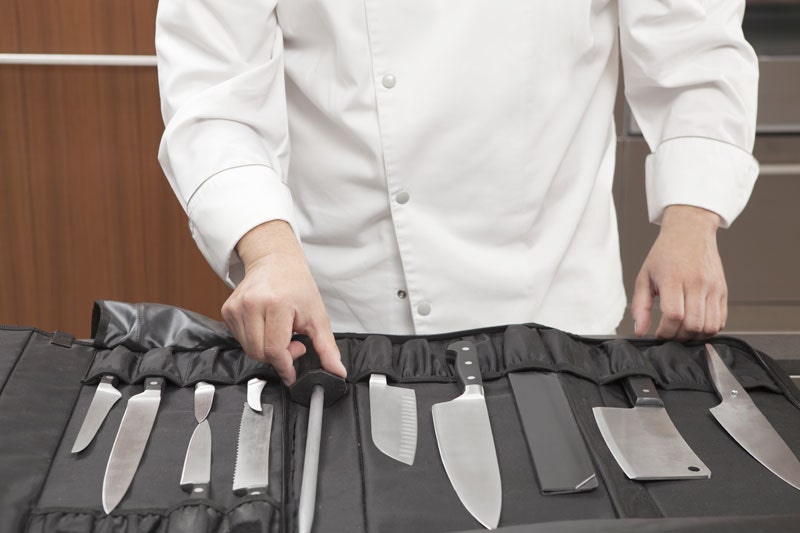
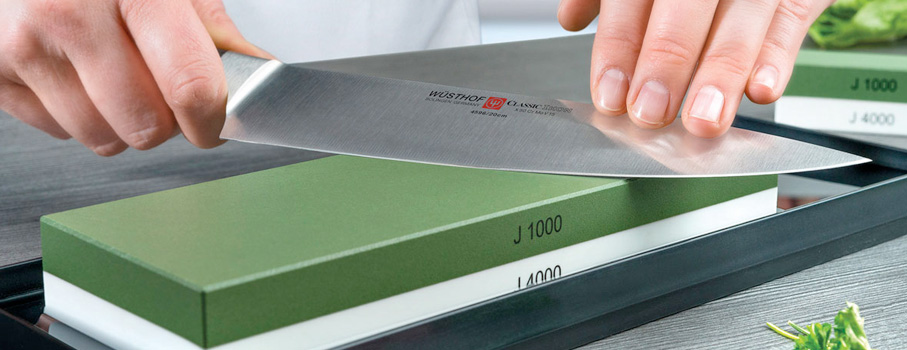
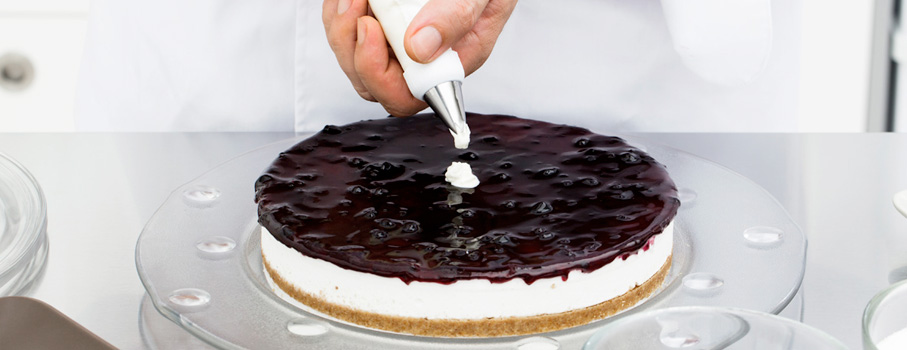

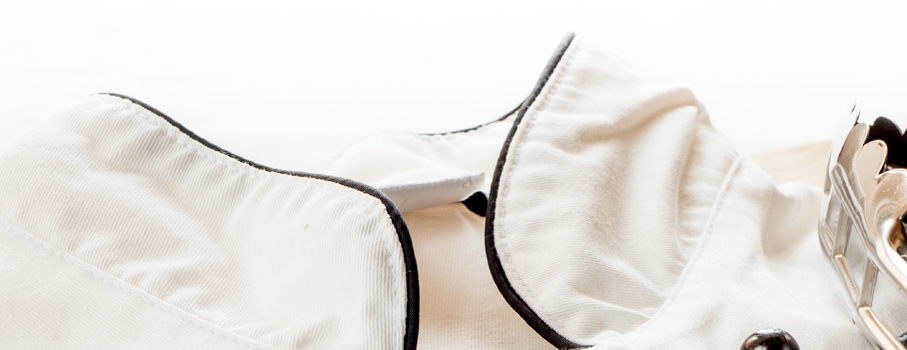
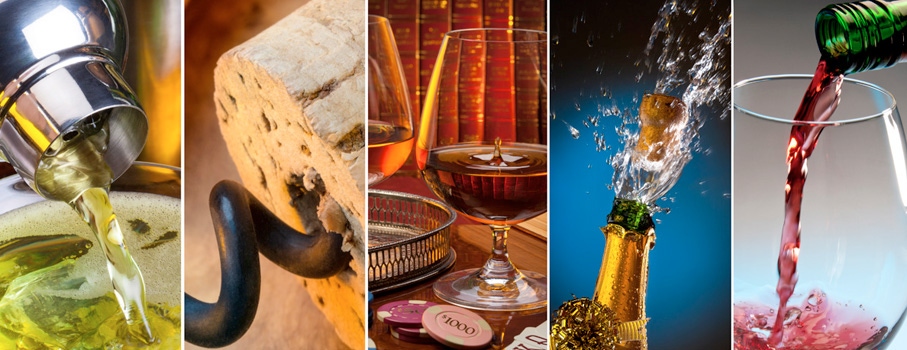
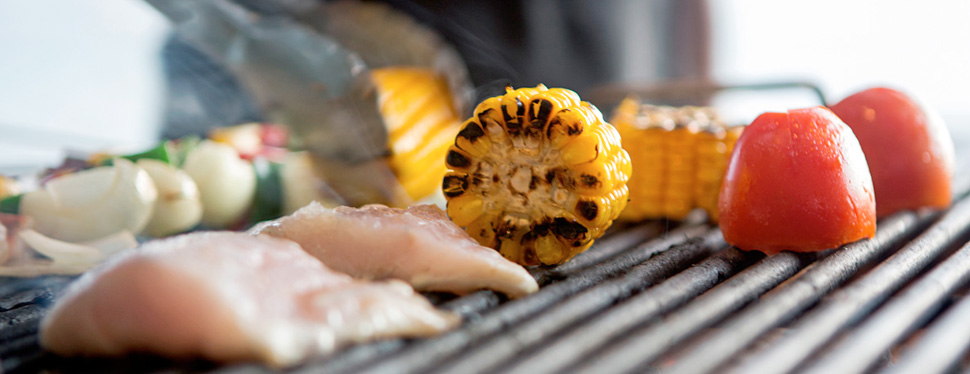

 IT
IT FR
FR
